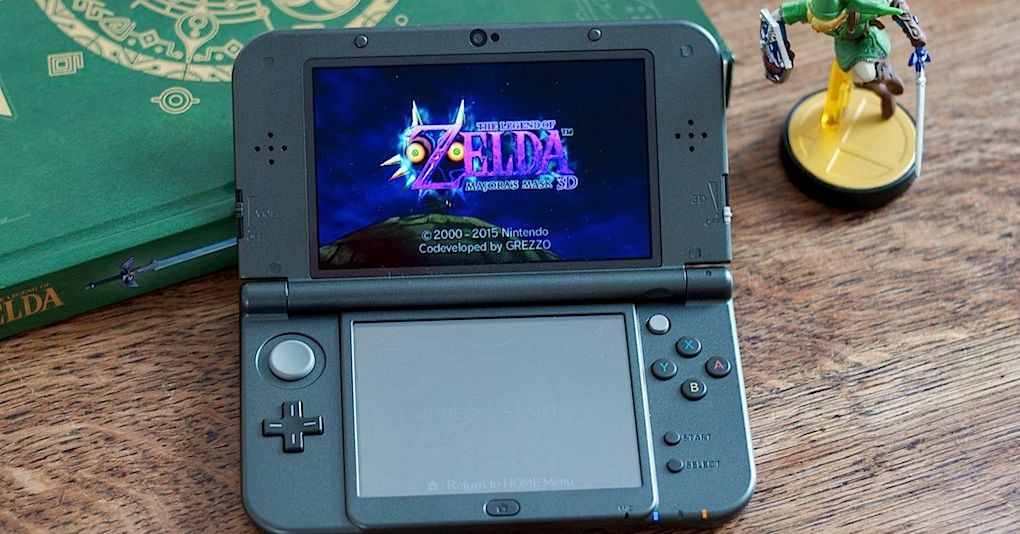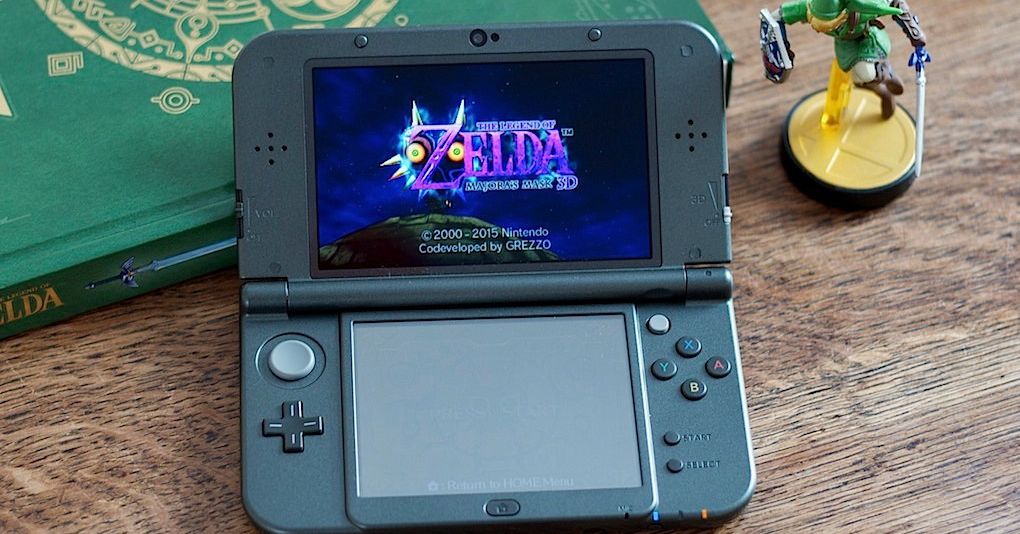
Nintendo has always been a strange company. The Kyoto-based game maker turned an Italian plumber into one of pop culture’s biggest icons, and the company has experimented with everything from DIY cardboard game accessories to three-pronged controllers. This unpredictable nature is what makes Nintendo so exciting (and occasionally infuriating).
Often, these concepts seem to come out of left field — but at its best, Nintendo makes the strange feel necessary. Nowhere was that more apparent than with the Nintendo DS line of dual-screened handhelds.
That era is now over, as Nintendo recently discontinued the 3DS and all of its various models. The news isn’t surprising: the Switch has become a runaway success, largely supplanting the need for a dedicated handheld like the 3DS. But it’s still sad. The 16 years of the DS line were some of the most creative and exciting in Nintendo’s history, with the company constantly experimenting with new ideas, many of which live on today in different forms.
The DS wasn’t an obvious hit when it was first announced. In fact, it didn’t make much sense at all. Here was Nintendo eschewing the Game Boy brand for a clunky device with two screens and a stylus. But in typical Nintendo fashion, the company created experiences tailored to the device, the kinds of games you couldn’t play elsewhere.
Two of the best-selling DS games of all time are Nintendogs, a game where you take care of a virtual puppy, and Brain Age, a series of mental exercises like sudoku. In an age before smartphones, these games showed us why we wanted a touchscreen to play a video game at all. The DS even had a built-in chat app that now feels way ahead of its time.
[embedded content]
What made the DS particularly remarkable, though, was the breadth of experiences it offered. There were lots of strange touchscreen experiments, like the musical toy Electroplankton or Metroid Prime Pinball. But some of the most prominent games were much more straightforward, including the likes of New Super Mario Bros., Mario Kart, and multiple flavors of Pokémon. It was the best of both worlds: a place where familiar Nintendo adventures could sit alongside more unexpected experiences.
The massive popularity of the DS — it sold more than 150 million units over its lifespan — also meant third parties jumped on board as well, showing a rare level of creativity on a platform typically dominated by Nintendo’s own products. The Wii was similarly popular, but most third-party titles felt like slapped-together ports.
Some of the Nintendo DS’s most inventive games came from third-party developers
On the DS, meanwhile, some of the most inventive games came from developers outside of Nintendo. There were games like the anime surgery sim Trauma Center, where you used the touchscreen to slice into patients, and the Etrian Odyssey series of RPGs where you literally had to draw the map as you explored fantastical and dangerous places. Professor Layton turned the book-like handheld into a literal puzzle book. Again, these sat alongside more typical portable games, like Koji Igarashi’s continued revival of Castlevania and one of the best Dragon Quest games to date.
The DS was replaced by the 3DS in 2011, which didn’t actually change all that much: it added a better display, more power, and a 3D gimmick that never really took off. The 3DS sold about half of its predecessor, a still-respectable 75 million units. (For context, that’s more than both the NES and SNES.) Whereas the original DS was transformative, the 3DS felt more iterative. It also came out at a time when smartphone gaming had become more entrenched, and the idea of a dedicated portable gaming device was less appealing to many.
The 3DS still had some great games, of course, including the likes of Animal Crossing: New Leaf, The Legend of Zelda: A Link Between Worlds, and the very first portable Smash Bros. It also saw Nintendo continue to try new ideas. One of the handheld’s best-sellers was the bizarre life sim Tomodachi Life, which went on to inspire Nintendo’s first smartphone app, the short-lived Miitomo.
One of my favorite concepts was Nintendo’s partnership with the Louvre, where guests could use a 3DS as part of their tour. You should definitely watch this video of Mario creator Shigeru Miyamoto and the late Nintendo president Satoru Iwata hanging around the art gallery.
[embedded content]
Video game platforms come and go constantly, of course, so it’s no surprise the dual-screen handheld line would die out eventually, especially as Nintendo’s focus has clearly centered on the Switch for some time. But the unique nature of the DS makes its demise particularly difficult. When the Wii U was replaced by the Switch, most of the console’s best games were eventually ported to the new tablet. With the DS and 3DS, it’s not quite so simple; even if you port a game like A Link Between Worlds or Etrian Odyssey, you can’t replicate the experience of playing on two screens on any modern gaming platform.
The irony is that the 3DS’s end comes at a time when dual-screen devices are poised to become mainstream, thanks to devices like Microsoft’s Surface Duo and other folding smartphones. It seems unlikely, but maybe one day, we’ll see a second wave of developers taking advantage of the format, infusing the mobile space with a new dose of Nintendo-inspired creativity. At the very least, someone needs to port Electroplankton.
